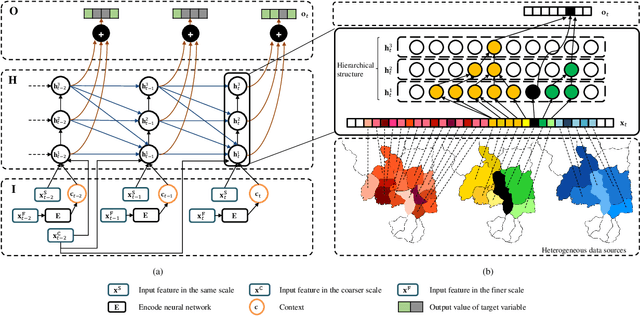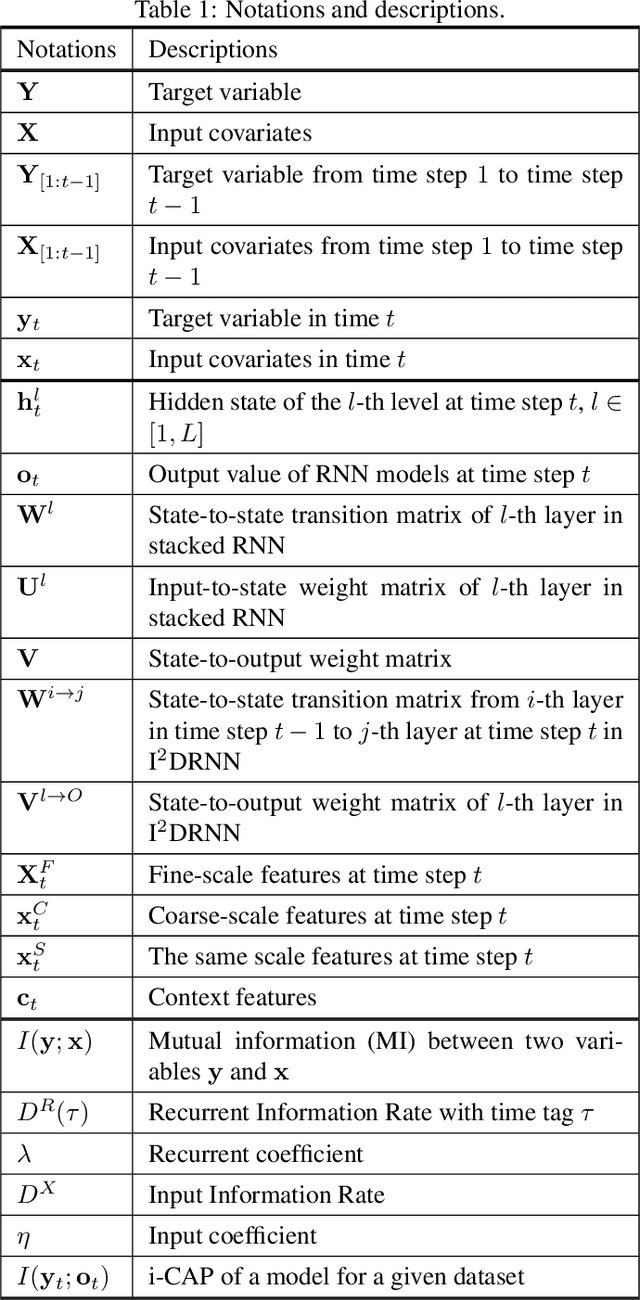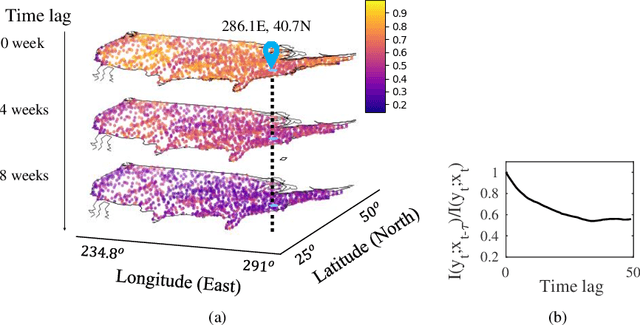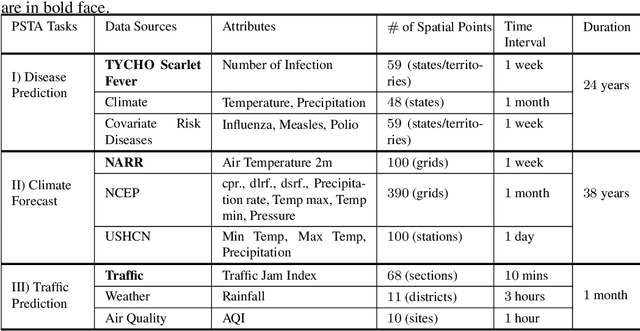Demystifying Deep Learning in Predictive Spatio-Temporal Analytics: An Information-Theoretic Framework
Paper and Code
Sep 17, 2020



Deep learning has achieved incredible success over the past years, especially in various challenging predictive spatio-temporal analytics (PSTA) tasks, such as disease prediction, climate forecast, and traffic prediction, where intrinsic dependency relationships among data exist and generally manifest at multiple spatio-temporal scales. However, given a specific PSTA task and the corresponding dataset, how to appropriately determine the desired configuration of a deep learning model, theoretically analyze the model's learning behavior, and quantitatively characterize the model's learning capacity remains a mystery. In order to demystify the power of deep learning for PSTA, in this paper, we provide a comprehensive framework for deep learning model design and information-theoretic analysis. First, we develop and demonstrate a novel interactively- and integratively-connected deep recurrent neural network (I$^2$DRNN) model. I$^2$DRNN consists of three modules: an Input module that integrates data from heterogeneous sources; a Hidden module that captures the information at different scales while allowing the information to flow interactively between layers; and an Output module that models the integrative effects of information from various hidden layers to generate the output predictions. Second, to theoretically prove that our designed model can learn multi-scale spatio-temporal dependency in PSTA tasks, we provide an information-theoretic analysis to examine the information-based learning capacity (i-CAP) of the proposed model. Third, to validate the I$^2$DRNN model and confirm its i-CAP, we systematically conduct a series of experiments involving both synthetic datasets and real-world PSTA tasks. The experimental results show that the I$^2$DRNN model outperforms both classical and state-of-the-art models, and is able to capture meaningful multi-scale spatio-temporal dependency.
 Add to Chrome
Add to Chrome Add to Firefox
Add to Firefox Add to Edge
Add to Edge